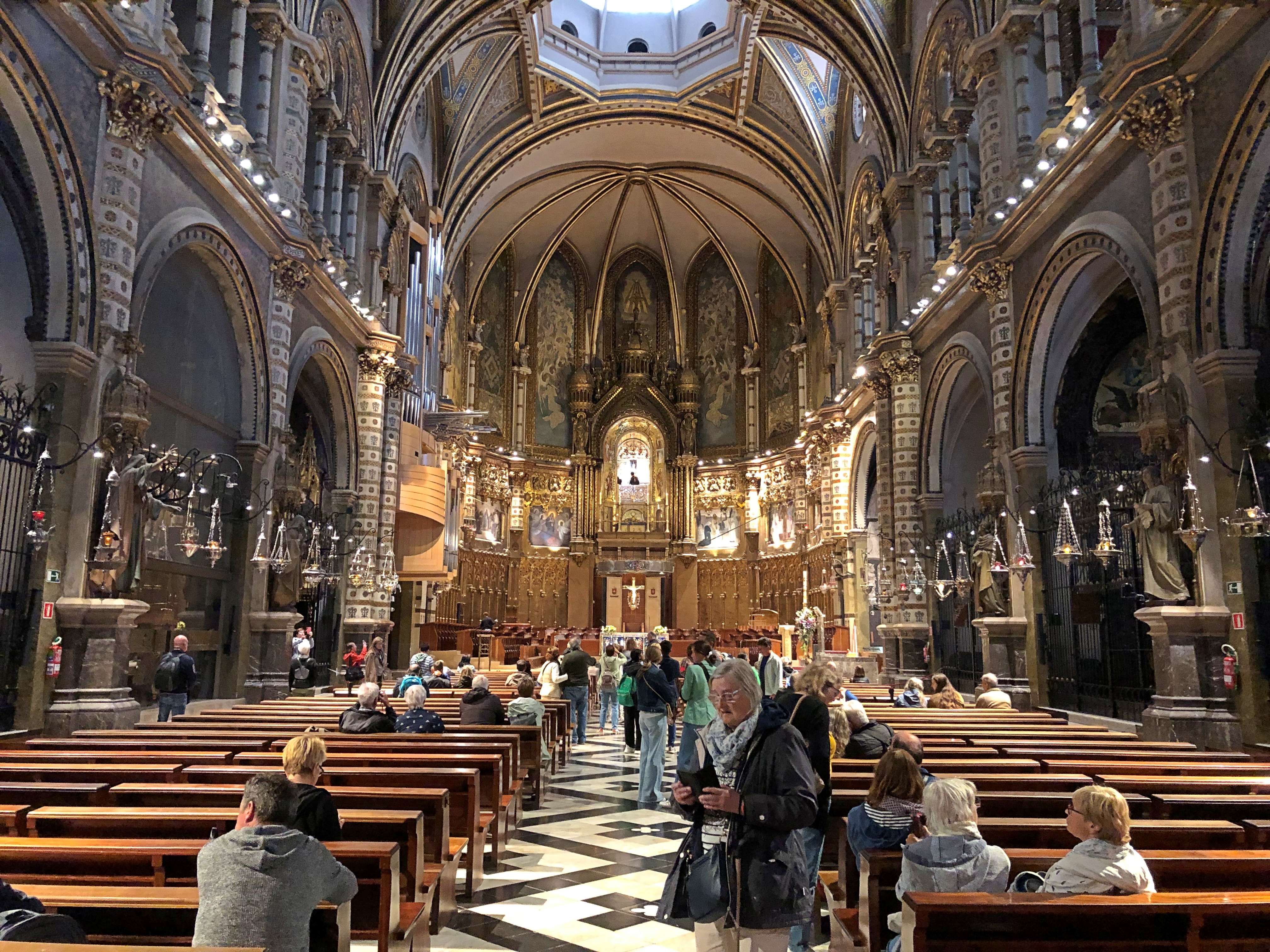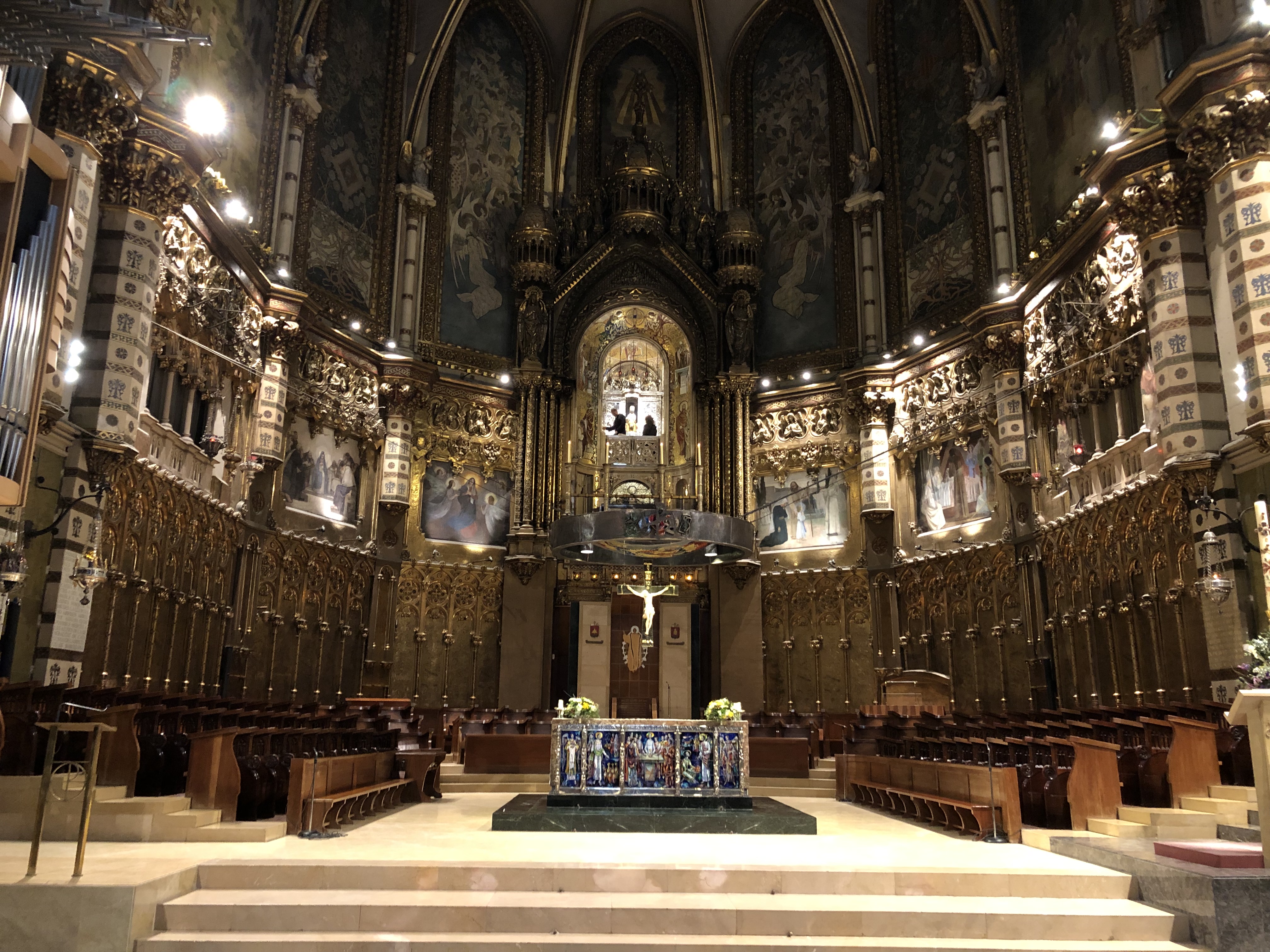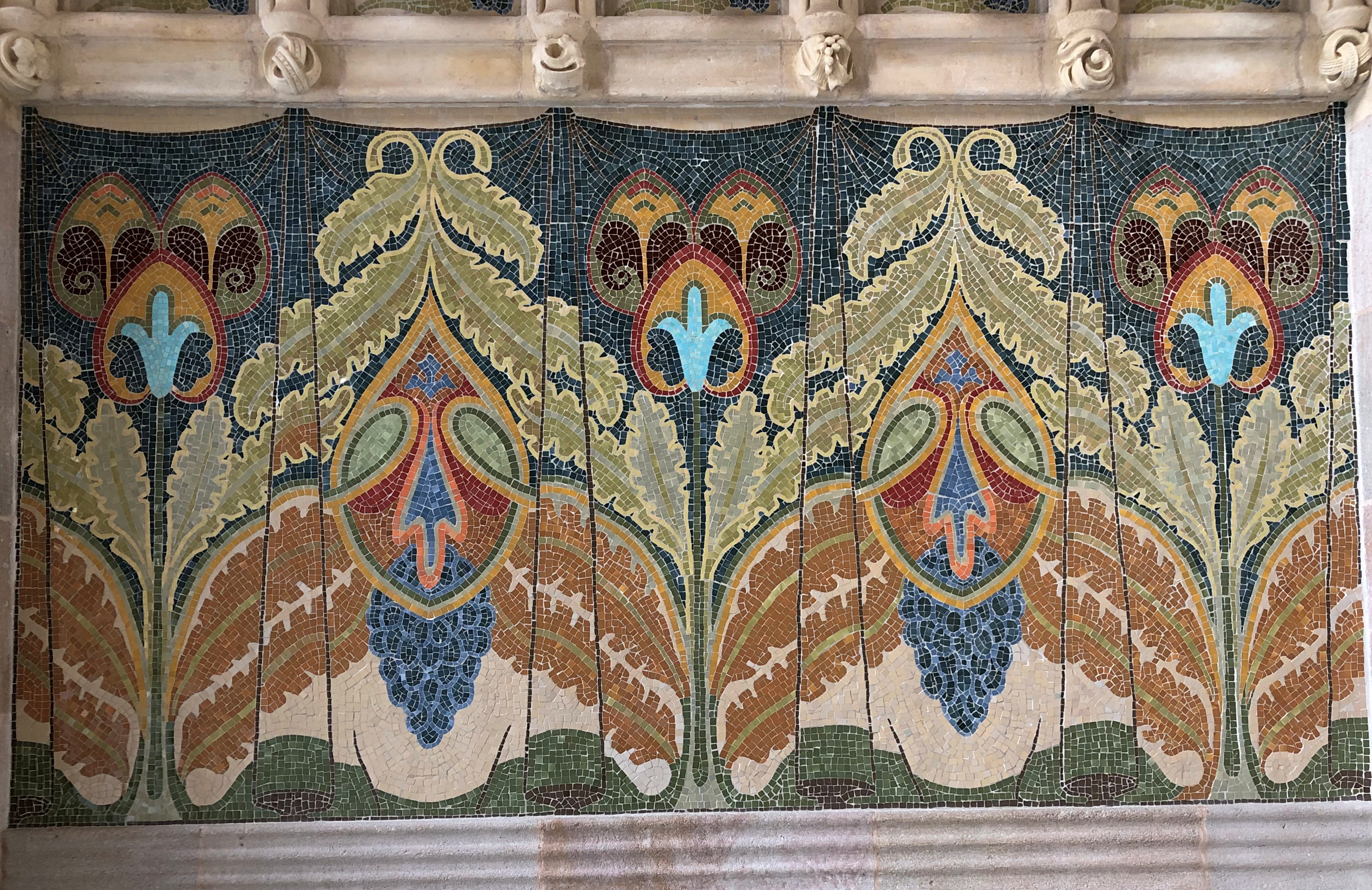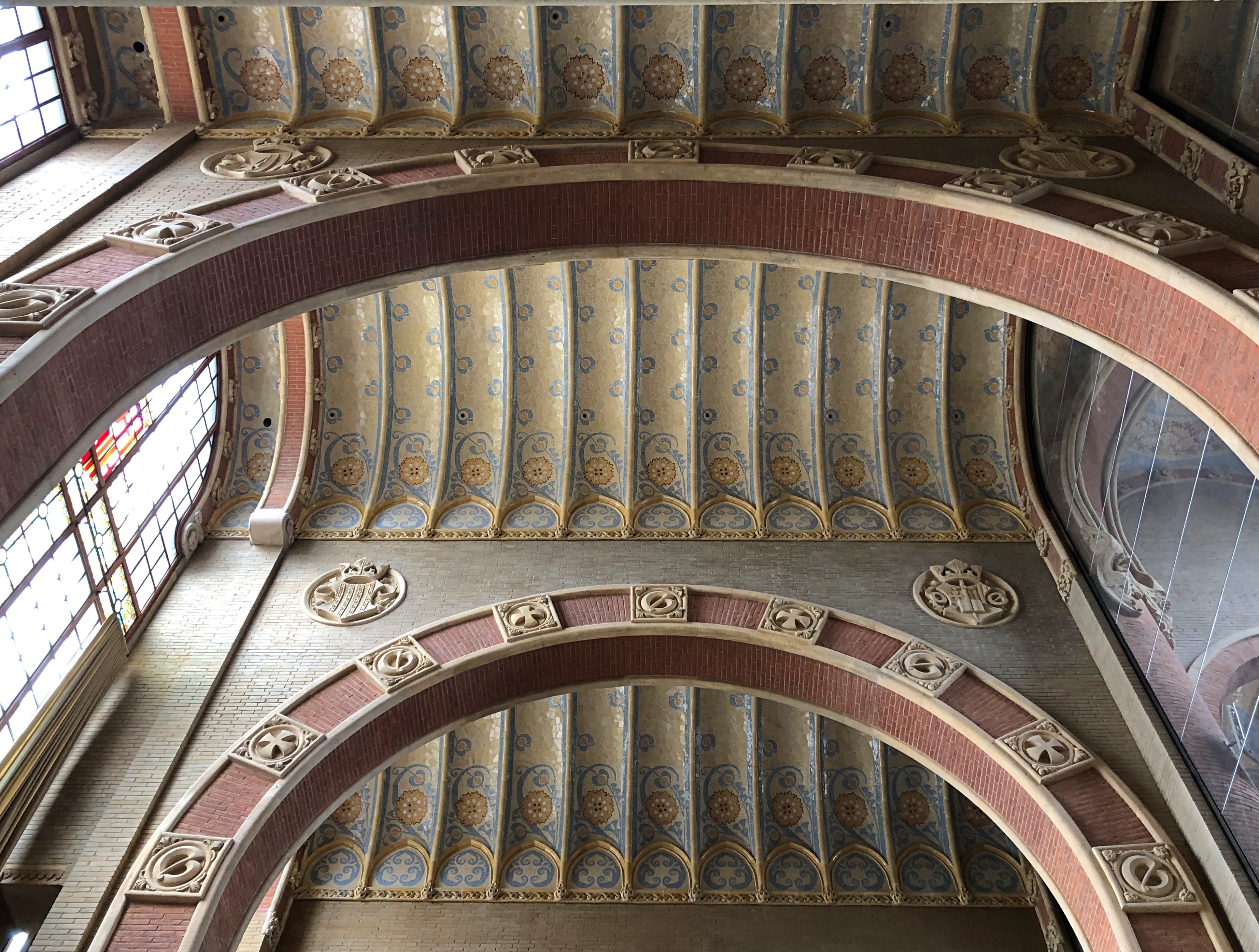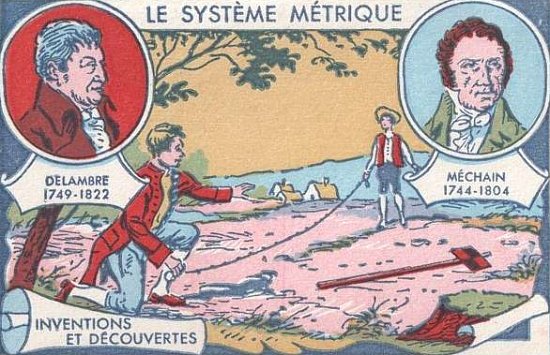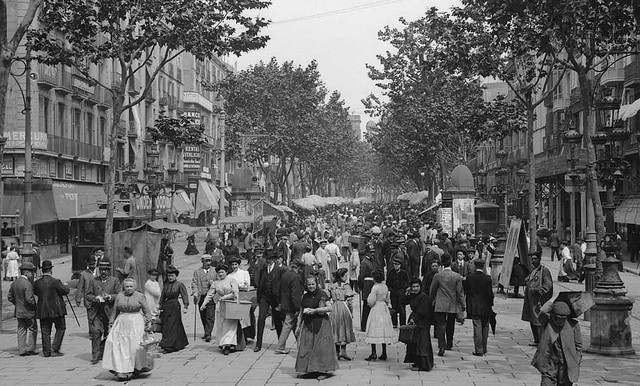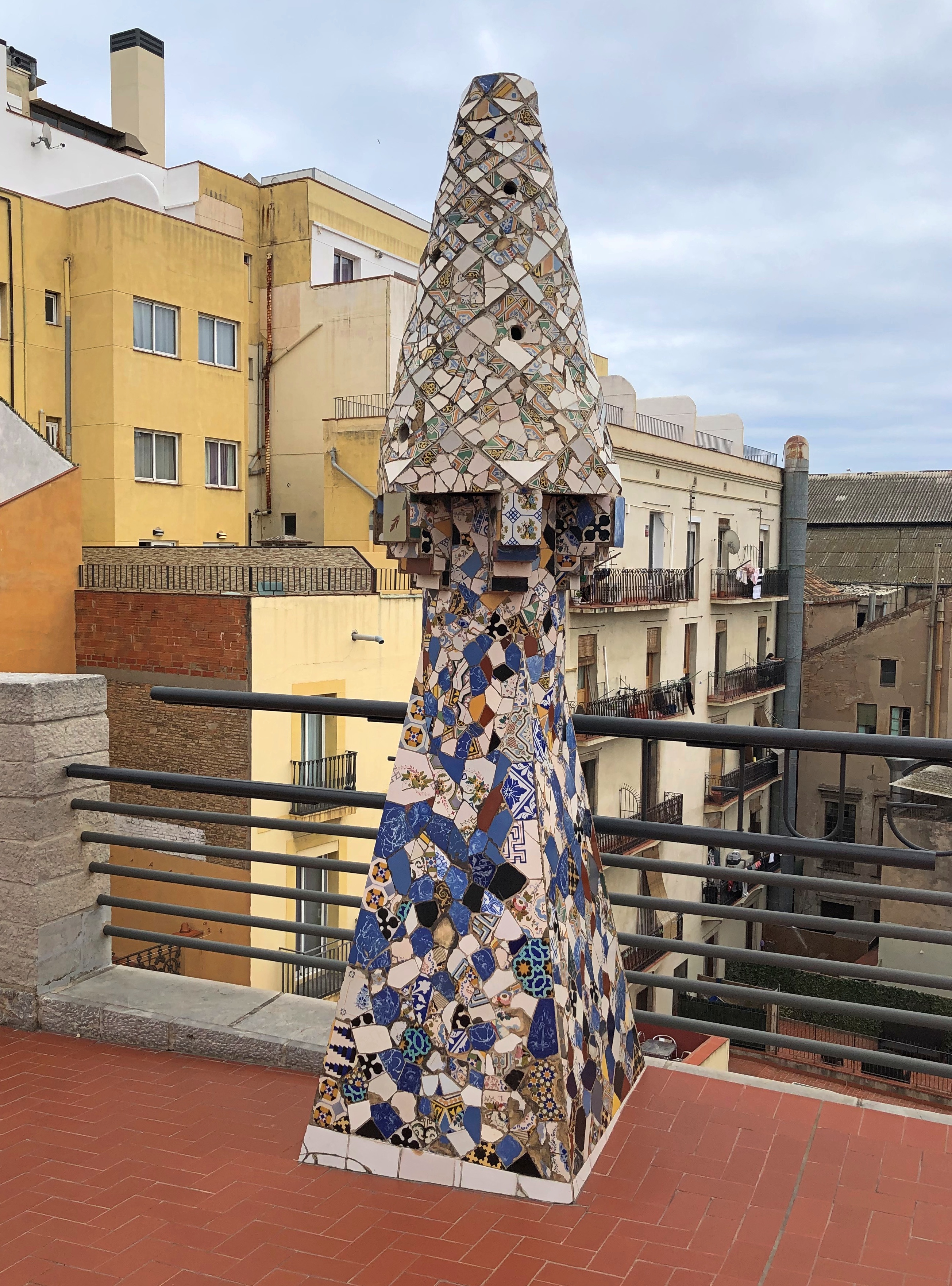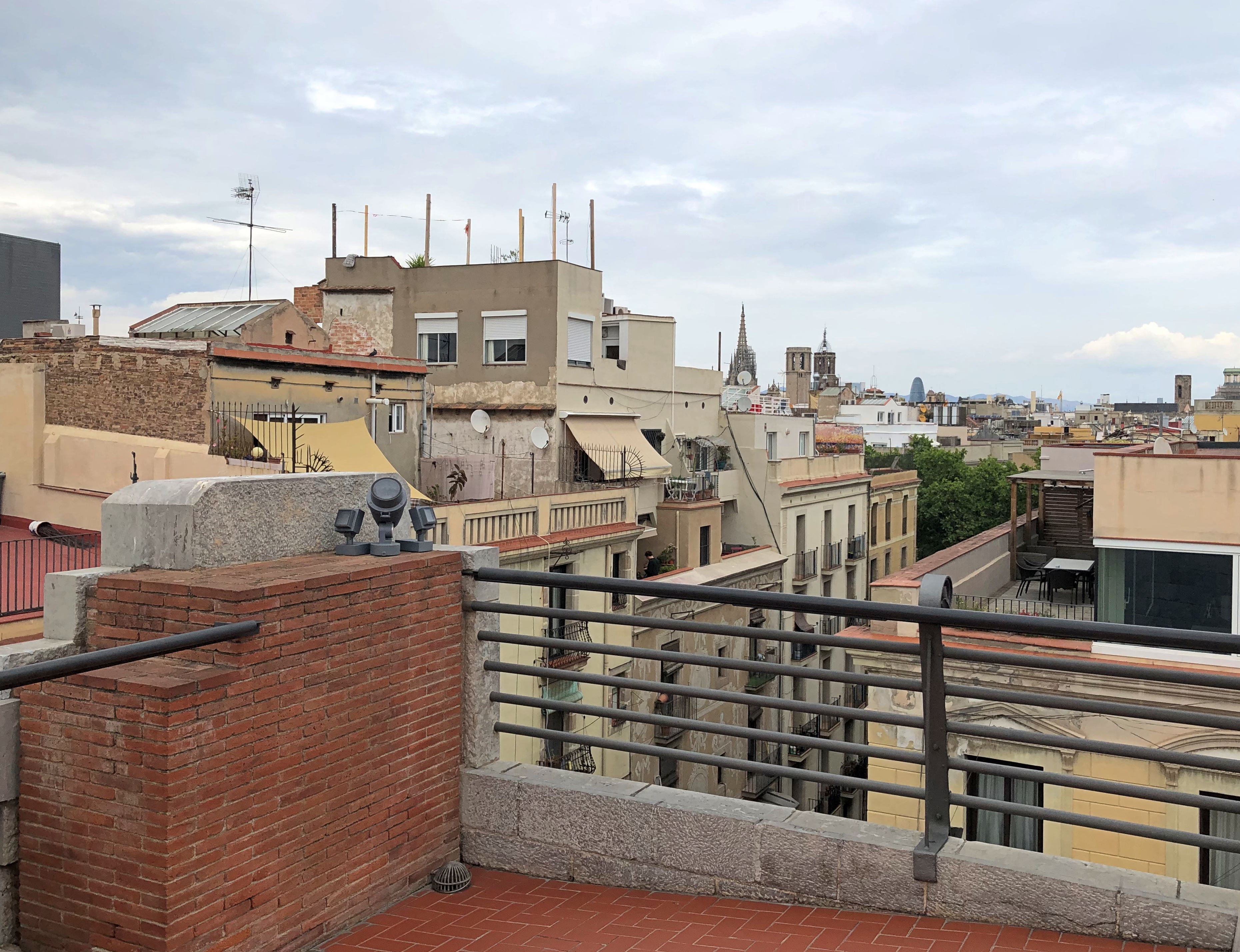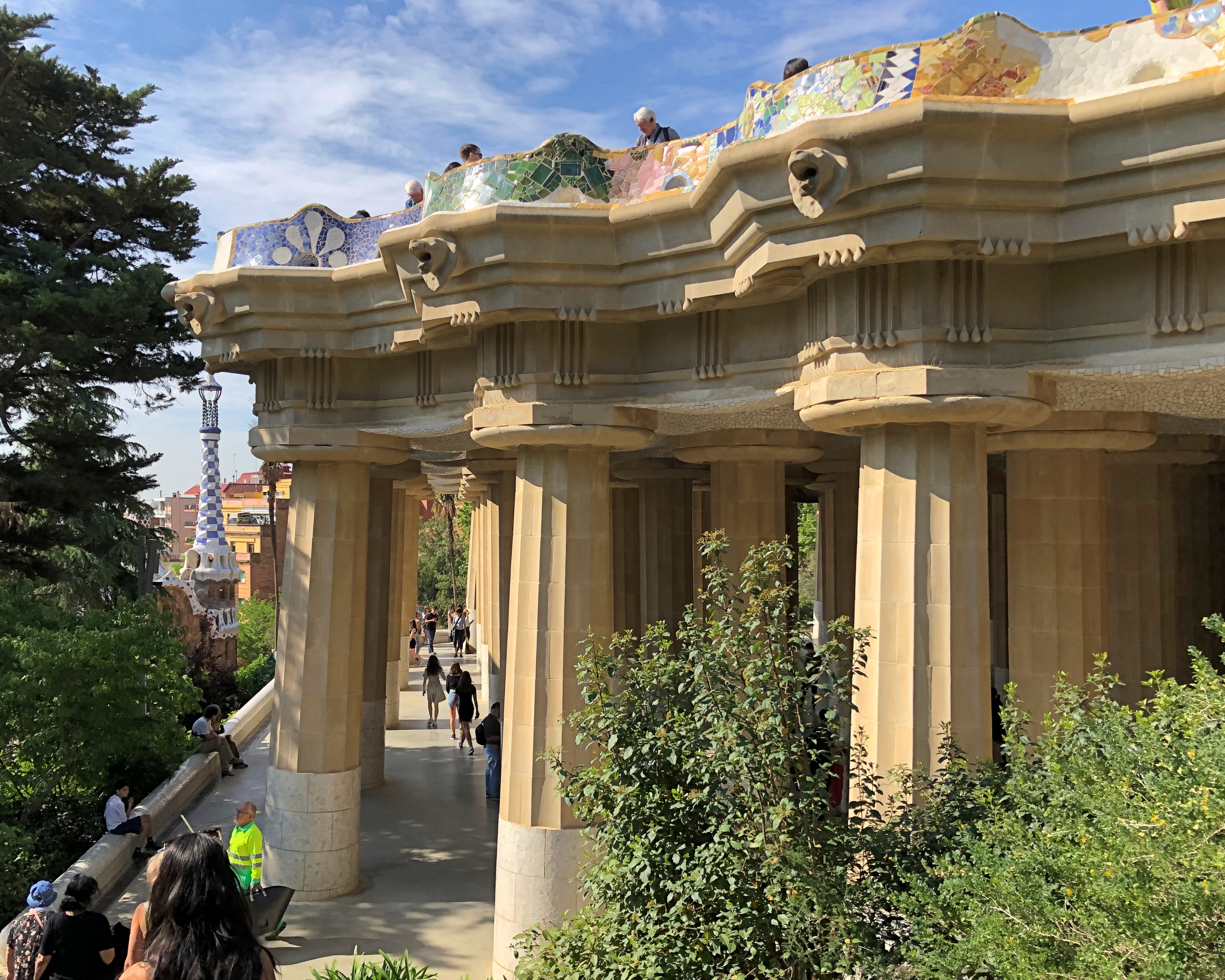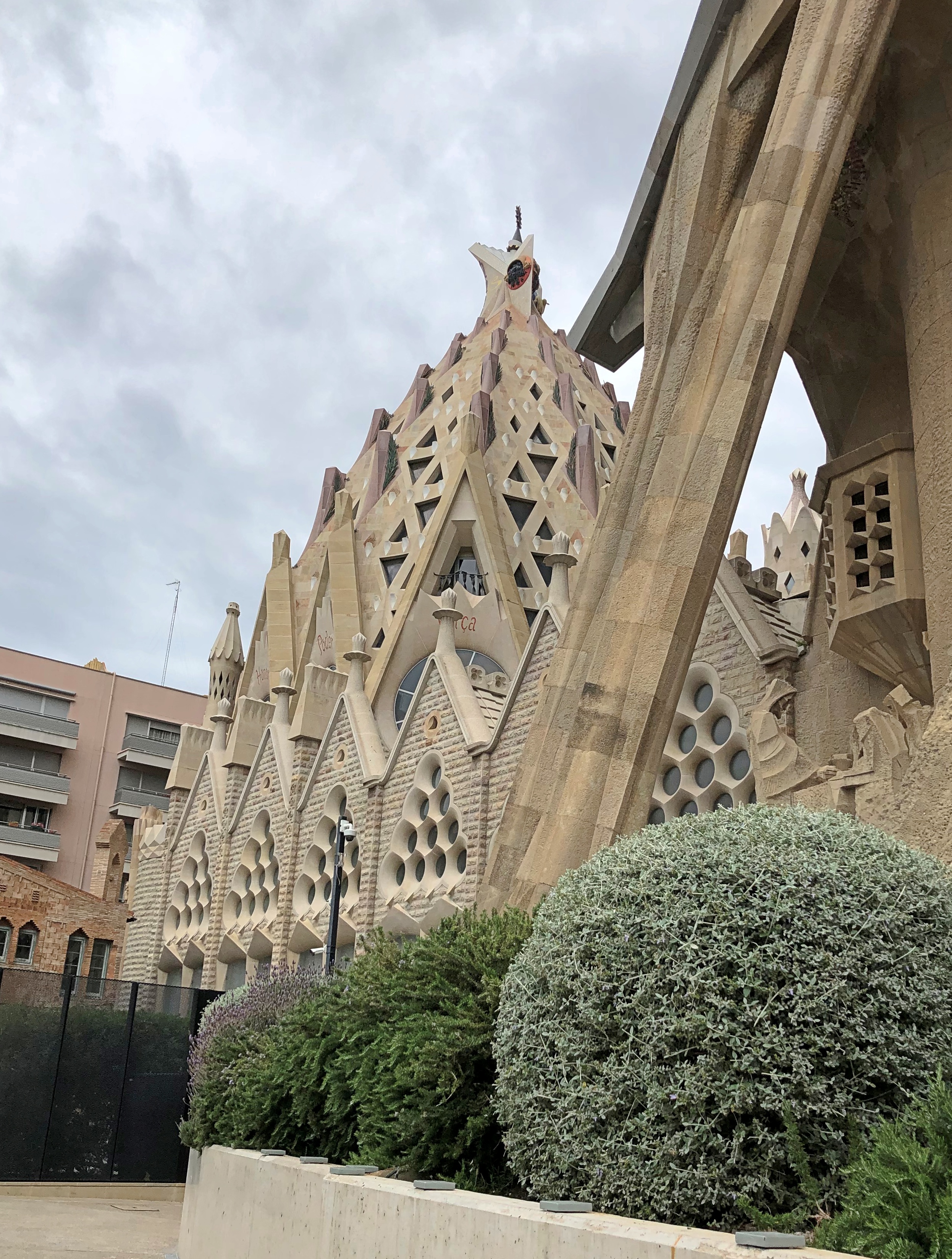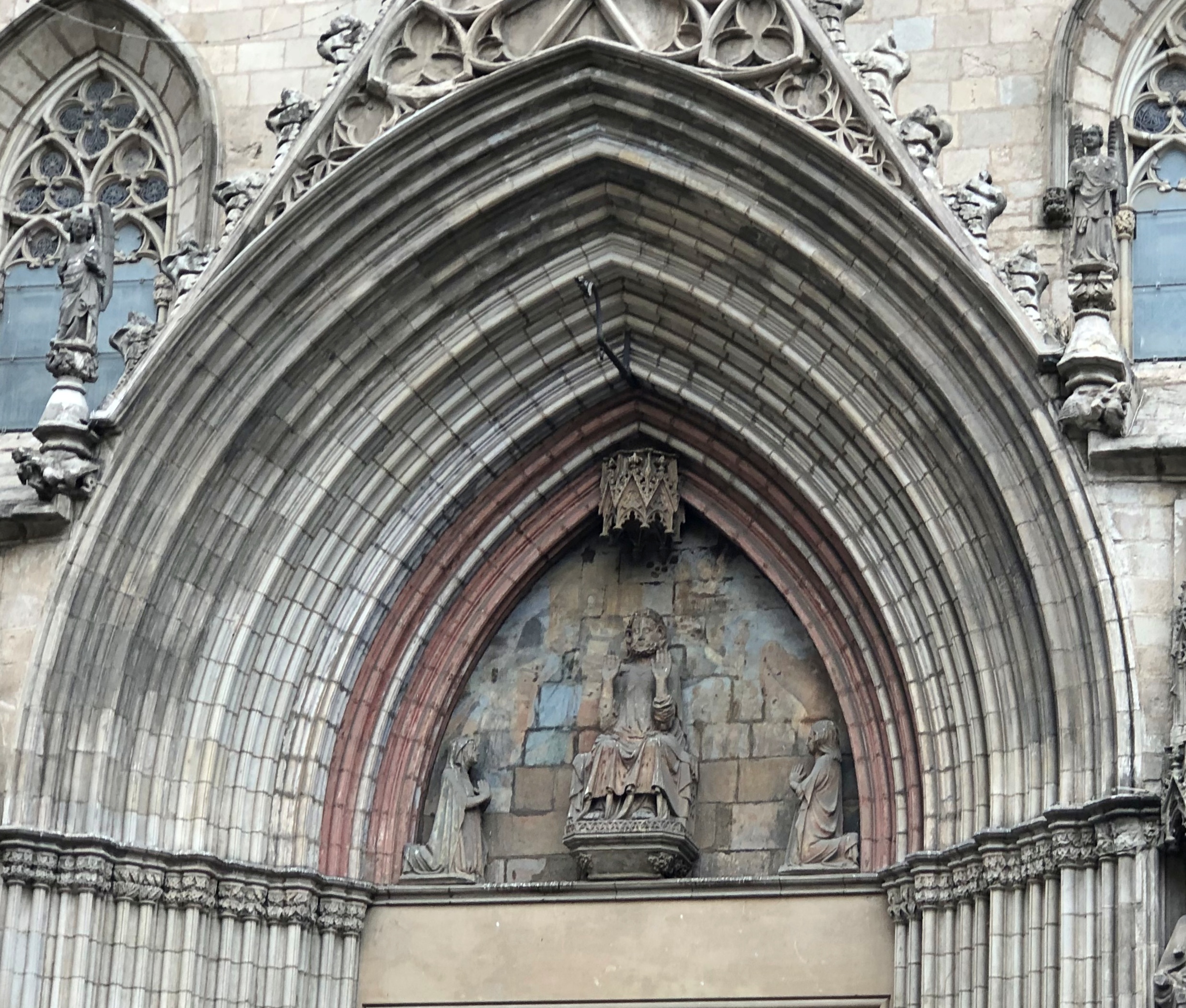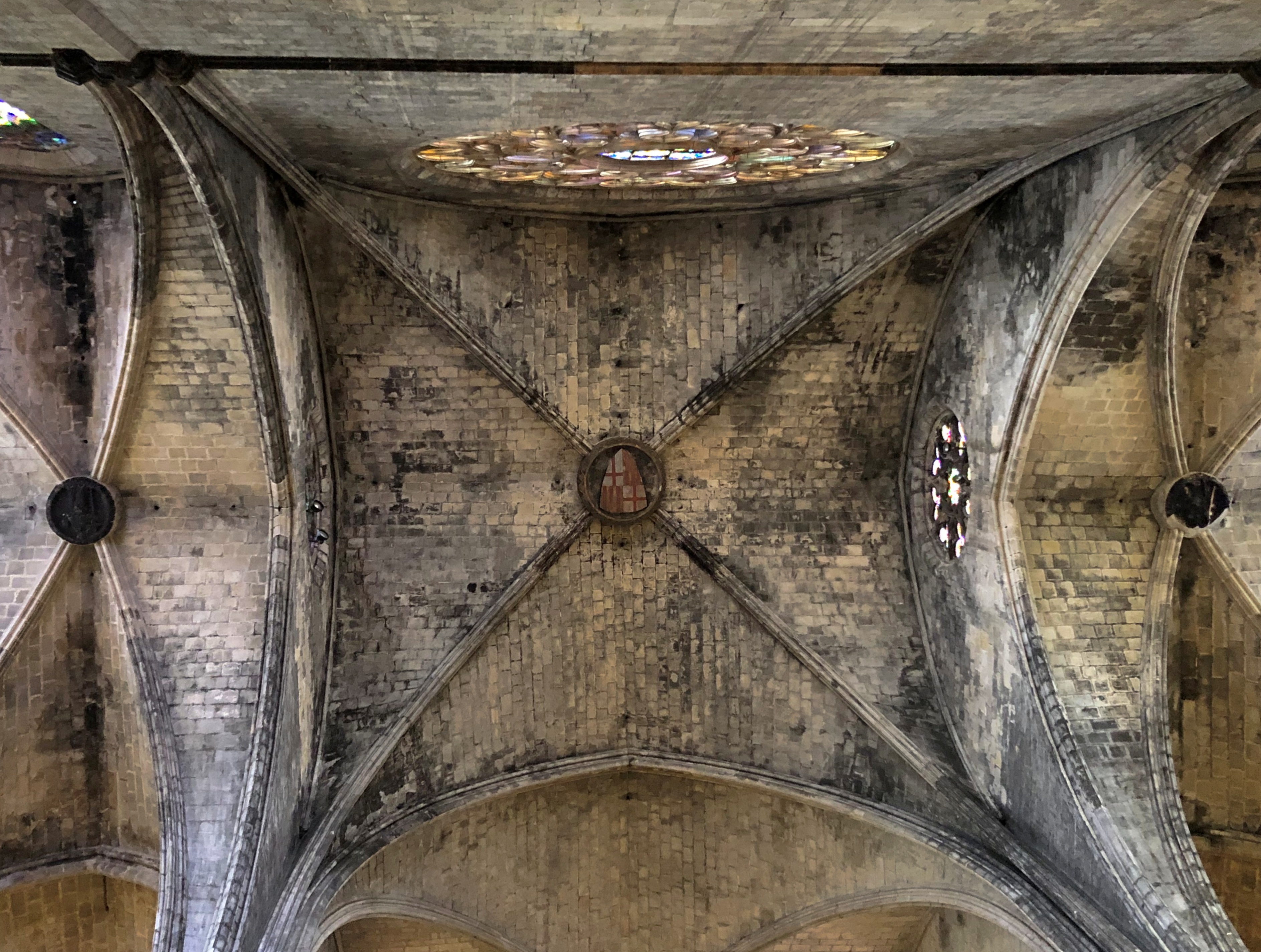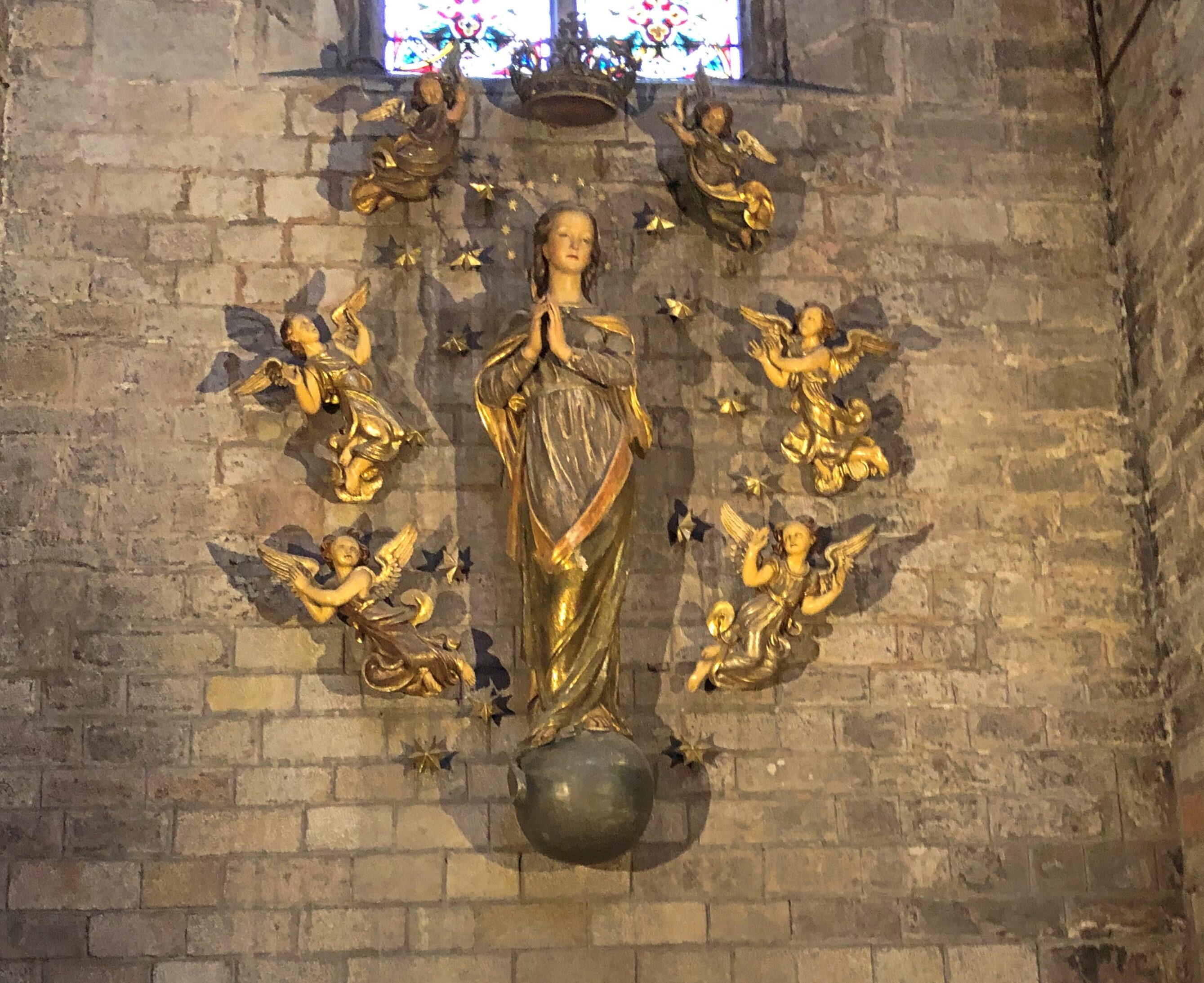One of these days, we might have a string of holidays and quasi-holidays from Juneteenth to July 4, the warm equivalent of Christmas to New Year’s Day. Anyway, back on July 9 or so.
Not as much smoke today, though it is still an air pollution action day, according to the NWS. Curious term. You’d think it would be an inaction day, at least as far as outdoors activity is concerned.
Barcelona city trucks. Specifically, neteja (cleaning).

The Temple d’August, which is tucked away on a narrow street in the Gothic Quarter. 
The only Roman ruins we saw on the trip. Toyed with the idea of going to Tarragona to visit its extensive ruins, but that didn’t happen.
“The uniform columns of the Temple of Augustus inside are 9 metres tall and comprise an imposing relic of one of the temples from Barcelona’s Forum, which stood on a corner site at the rear,” Visit Barcelona says. “The temple was built in the 1st century BC and, as its name suggests, it was dedicated to the worship of Emperor Augustus…. The temple was reconstructed by the architect Puig i Cadafalch in the early 20th century.”
La Rambla, near one end. The end near the ocean.
Columbus still looks out to sea at that point, as he has done since 1888. Monument a Colom, the maps call it, and efforts to take it down have been unsuccessful so far.
There was also a lot of construction in the area, with blocked off sections. I can’t see a sign like that in Spain and not be reminded of no pasarán! 
The context is just a little different in this case, however. “Do not pass,” the dictionaries tell me, as opposed the more emphatic will not pass!
I expected to see fast food in Barcelona, but Five Guys was nevertheless a surprise, across the street from Sagrada Familia. Five Guys’ web site tells me that there are currently seven locations in the city, and 28 in Spain all together, with 13 of those in greater Madrid.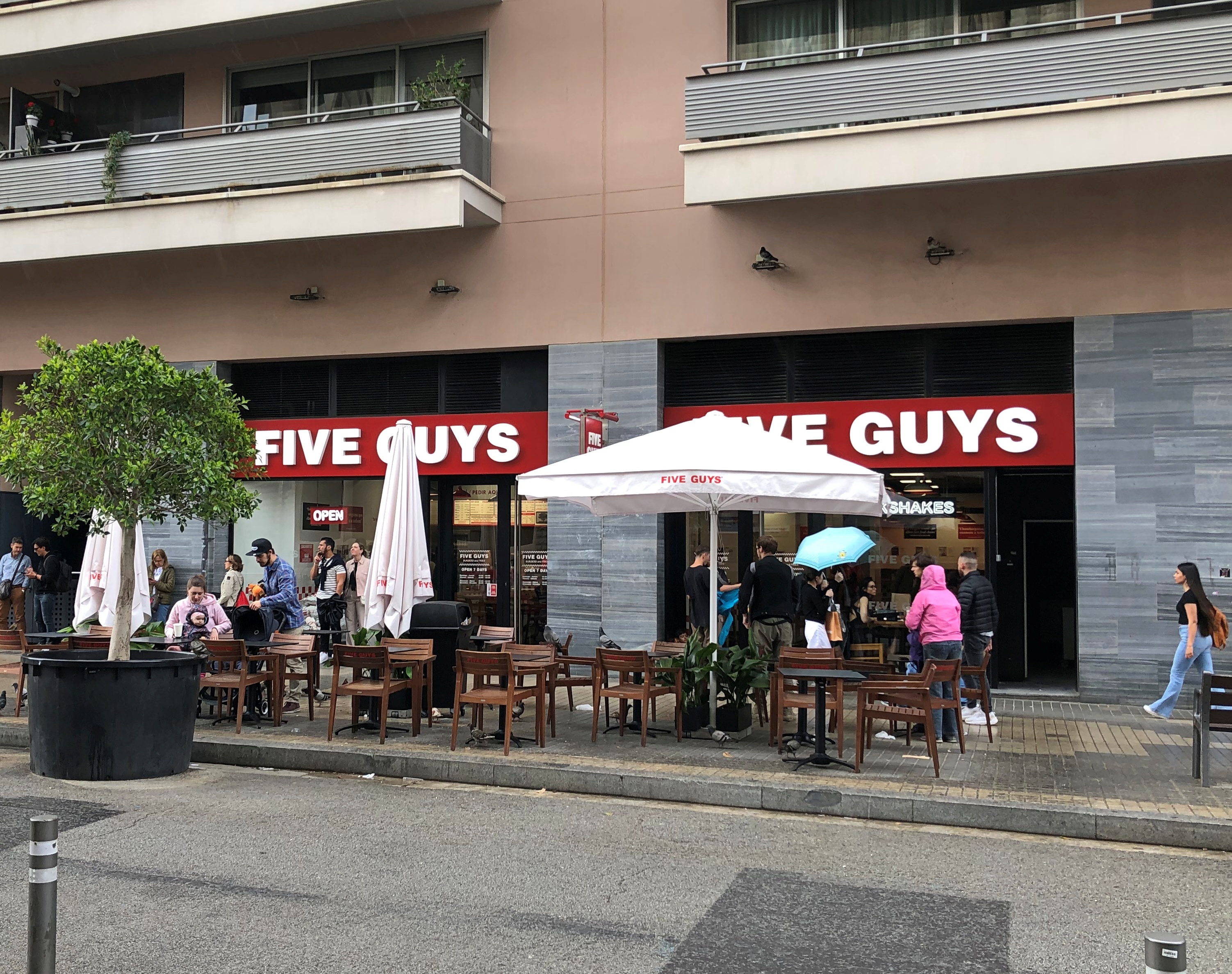
Model of Jesus’ head, on display in the small museum in the basement of Sagrada Família.
“This variation of sangria called Sangria de Cava in Spanish is made with the sparkling wine Cava, which can be white or rosé,” says Allrecipes. “The name Cava is a protected designation of origin in the European Union, which means that only sparkling wine produced in certain areas of Spain may be sold under that name. To make Cava Sangria, you can use another sparkling white wine instead. The rest of the ingredients is pretty similar to sangria. Cava Sangria often includes orange liqueur.”
Stickers on a wall in Barcelona. A common thing to see. No Buc-ee’s sticker. Not yet.
I took a picture of someone taking a picture of seemingly uninterested musicians, in Parc de la Ciutadella.
Sometimes you’d see the independence flag. Not that often, however. The latest effort at independence fizzled, after all.
Near Palau Güell, you can find the Gaudi Supermercat, Art Gaudi Souvenirs, and the Hotel Gaudi.


Not everything in the area had Gaudi’s name slapped on it. If we’d been hungry, we might have bought kebabs from this fellow.
Elsewhere, more Barcelona flowers.

Finally, manhole covers. Like Dublin, Barcelona had some good manhole covers.



Which is tapa de clavegueram in Catalan, at least according to automated online translation. Now you know.











